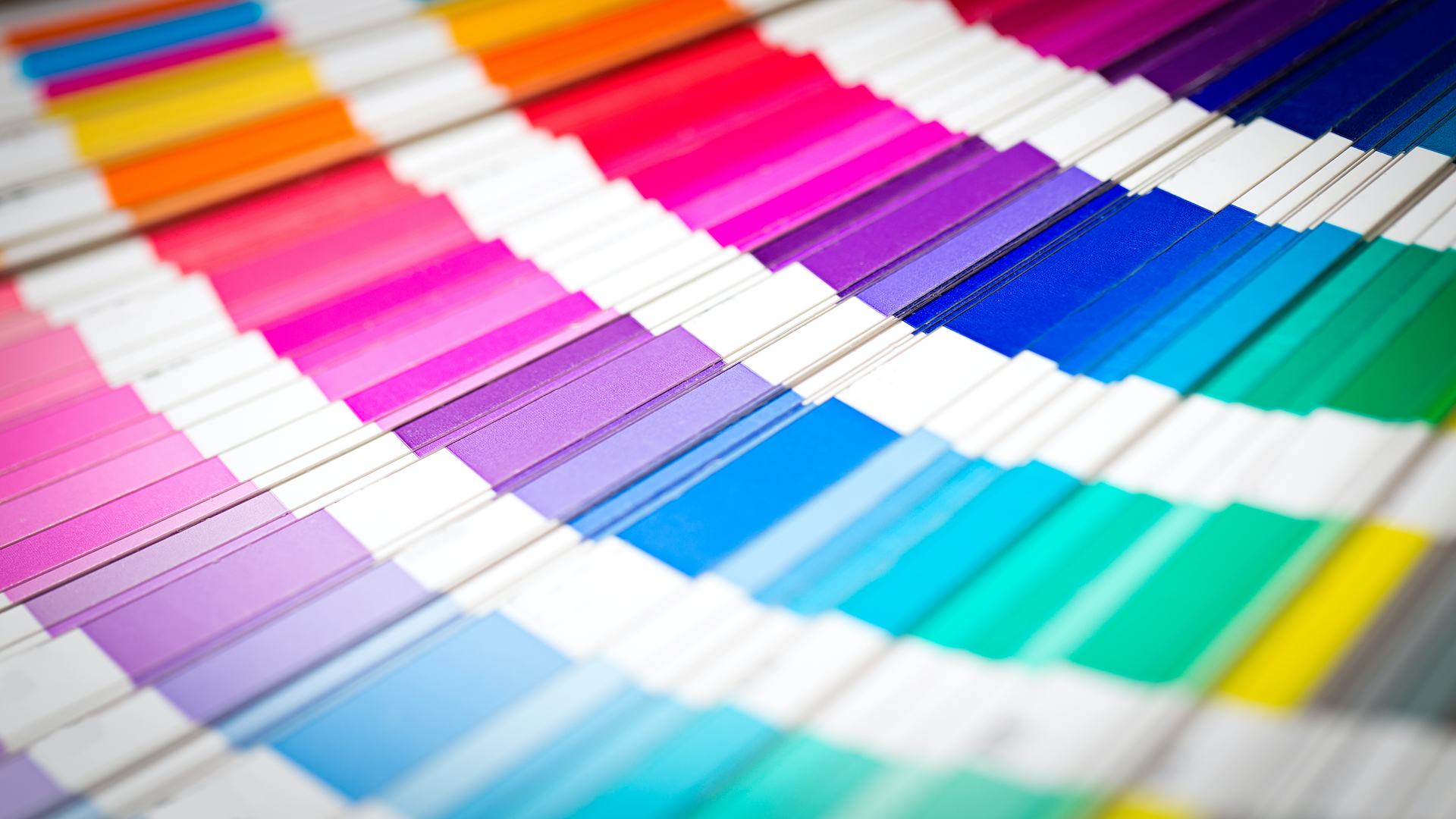In November last year, I tuned in to watch industry giants debate if ‘digital communication is more important than ever in building brands’. It was a topic being discussed by the Debating Group, which normally hosts discussions in the House of Commons but lockdown forced its first-ever virtual debate.
MP Dean Russell opened proceedings by reflecting on the importance this past year of communicating key messages effectively, noting the damage that could be done if they weren’t.
Where eyeballs go, budgets follow
Monica Manoras, on behalf of the Internet Advertising Bureau, posed a good argument proposing the motion. She said digital is the UK’s most dominant investment medium because it’s the most consumed media, claiming: ‘where eyeballs go, budget follows’. She argued brand building should be done where consumers are spending time, which, increasingly, has been online. Digital communications, she concluded, offered greater mass reach for less, and better targeting through performance or activation advertising.
Opposing the motion on behalf of the Independent Print Industry Association (IPIA) was Mike Hughes. He observed growing consumer awareness of the perils of digital and just how manipulative social media and digital marketing have become in exploiting individuals’ data. He urged brands to consider their use of ‘hyper targeting’, reminding them that consumers understand how this technology has been used and abused, and may not like it.
Clever or creepy?
Mark Davies of Whistl was quick to pick up on this point. He suggested programmatic advertising using data trod a tightrope between clever and creepy with privacy laws possibly making it illegal in future.
Hughes was not advocating a mass return to print among the digital fatigue, more a multichannel approach, using a mix of direct and indirect, digital and physical channels. The novelty of digital is wearing off, especially during this lockdown as people crave physical communication. He posed whether folk would prefer a wedding invite through Facebook or getting a beautiful, printed one through the post.
He argued it wasn’t just older people appreciating printed marcomms but young one too. He described how his teenage daughter had added a perfume to her Christmas wish list after receiving a personalised mailing and sample through the post. This seems borne out by research conducted by the Royal Mail and Trinity McQueen during the pandemic, which revealed that 24% of 18-34 year olds reported engaging more with mail.
And with good reason too. When Carey Trevill of the British Promotional Merchandise Association (BPMA) spoke, she reflected on well-tested theories showing that branded materials and merchandise switch on our right-brain thinking, building memories with a clear sense of place. She cited examples like hotel branded mementoes that trigger memories long after the excursion itself has ended.
Emotional connections
Using a physical mediums to communicate a message allows brands and service providers to deliver an emotional connection and greater engagement with prospects and customers in ways that digital alone never can.
At the end of the Debate the motion was defeated. I took heart that, at last, more marketers might now at least consider adding print and physical marketing back into their mix to give them greater stand out and connection with customers.
In his summary, Hughes reminded us how much better it would have been to have debated this ‘digital’ topic in the House of Commons, to observe body language and take in the atmosphere of the room. And he was right, digital doesn’t always provide the best experience as some of my past video calls can attest to!
Undoubtedly digital has proved a Godsend during the pandemic. Indeed, one of our clients, Stony Stratford Open Gardens was unable to host its usual summer event so we helped it, through video, recreate a virtual experience and fundraising platform for Willen Hospice. A volunteer, Mason Edwads said: “You are probably not an avid follower of the SVOG2020 website, but at the last viewing donations amounted to just under £3,000 including Gift Aid. I am amazed, especially as I thought we would be doing well if we got £250! This is mostly down to you and your website, so ‘Thank You’ once again.”
That digital success aside it’s fair to say we all crave the physicality of human connection and tactility. Strategies that are totally committed to, or heavy on, digital run the risk of not standing out and therefore missing out on meaningful connections.
For a perfect blend of both print and digital get in contact with us today; hello@nutshellcreative.co.uk

